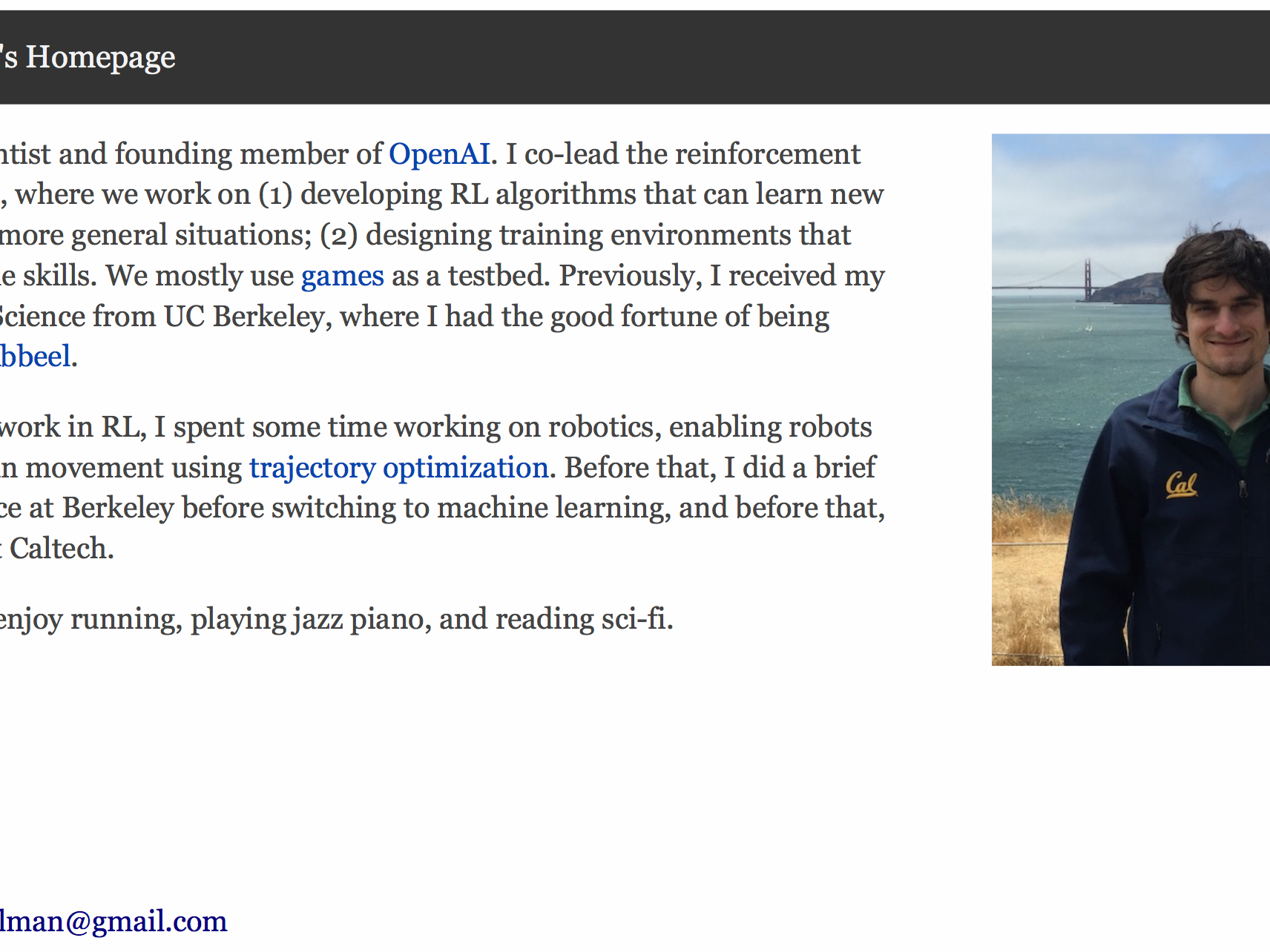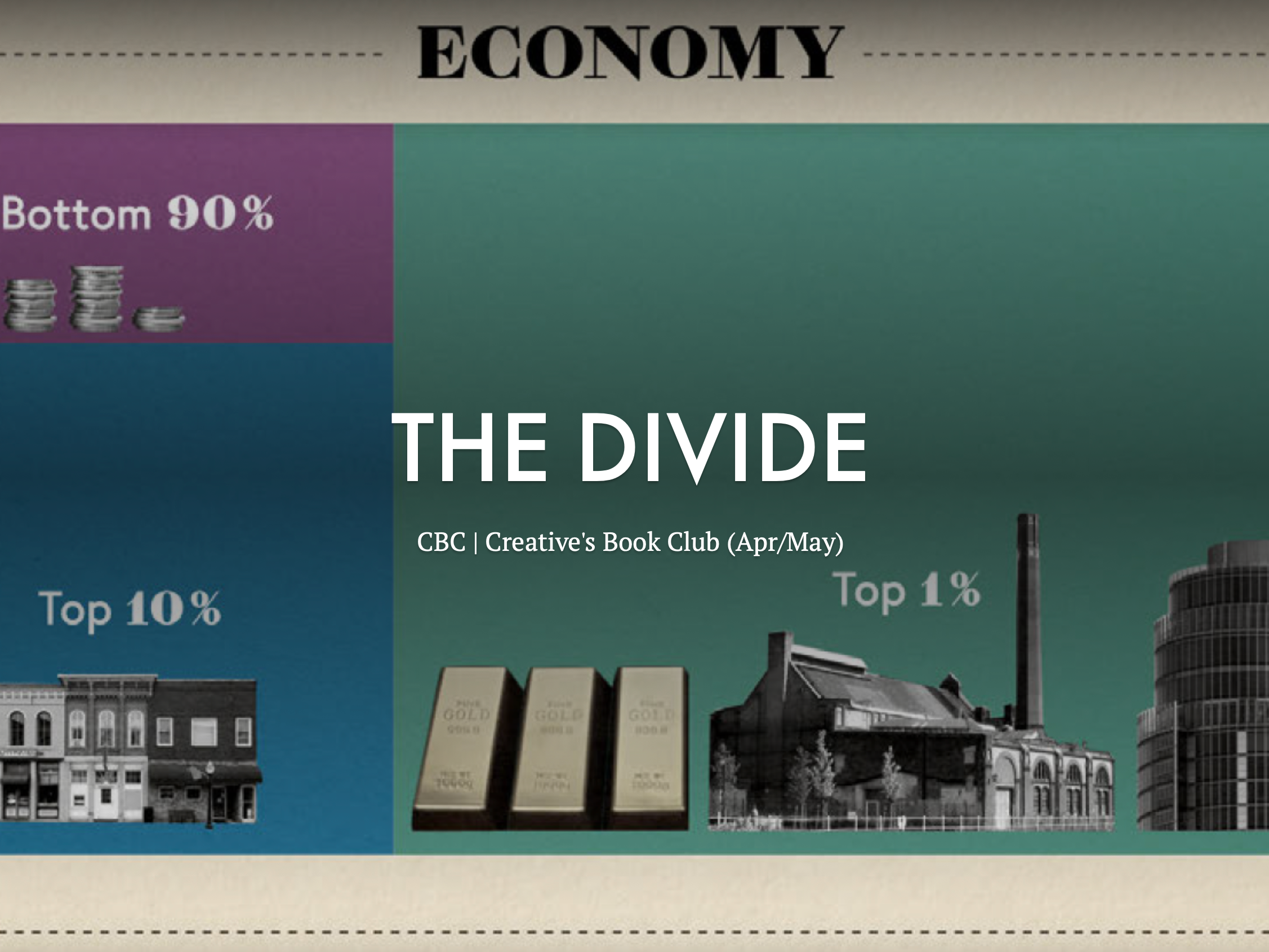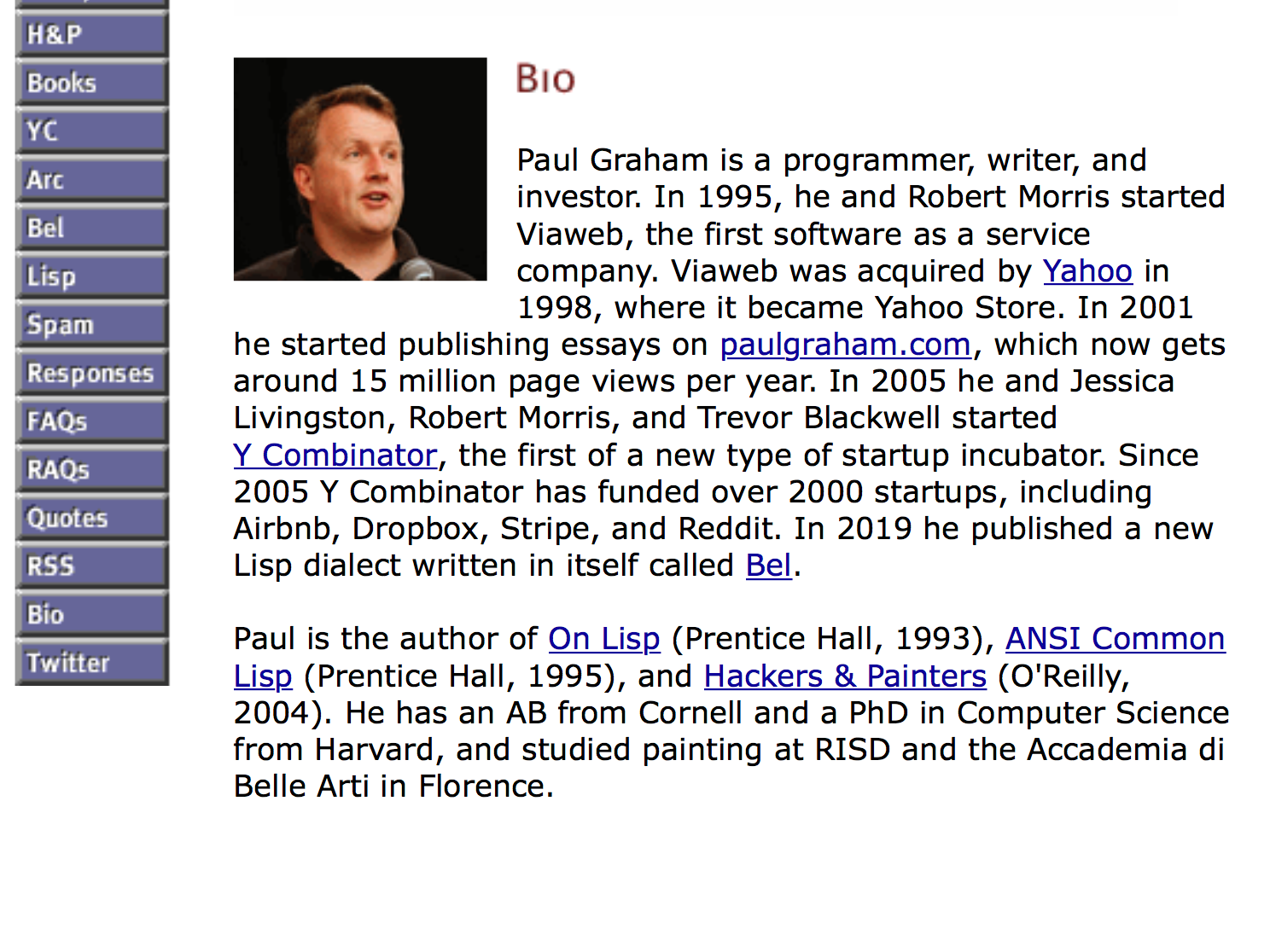During the two weeks of play that begin on Monday, professional tennis players at Wimbledon will return thousands of first serves. Many of those returns will be entertaining. Some will be remarkable. But all will give spectators an opportunity to improve on the personal and professional decisions we make in all aspects of our lives: by helping us learn to manage delay.
Watch Novak Djokovic. His advantage over the other professionals at Wimbledon won’t be his agility or stamina or even his sense of humour. Instead, as scientists who study superfast athletes have found, the key to Djokovic’s success will be his ability to wait just a few milliseconds longer than his opponents before hitting the ball. That tiny delay is why most players won’t have a chance against him. Djokovic wins because he can procrastinate – at the speed of light.
During superfast reactions, the best-performing experts in sport, and in life, instinctively know when to pause, if only for a split-second. The same is true over longer periods: some of us are better at understanding when to take a few extra seconds to deliver the punchline of a joke, or when we should wait a full hour before making a judgment about another person. Part of this skill is gut instinct, and part of it is analytical. We get some of it from trial and error or by watching experts, but we also can learn from observing toddlers and even animals. There is both an art and a science to managing delay.
In 2008, when the financial crisis hit, I wanted to get to the heart of why our leading bankers, regulators and others were so short-sighted and wreaked such havoc on our economy: why were their decisions so wrong, their expectations of the future so catastrophically off the mark? I also wanted to figure out, for selfish reasons, whether my own tendency to procrastinate (the only light fixture in my bedroom closet has been broken for five years) was really such a bad thing.
Here is what I learnt from interviewing more than 100 experts in different fields and working through several hundred recent studies and experiments: given the fast pace of modern life, most of us tend to react too quickly. We don’t, or can’t, take enough time to think about the increasingly complex timing challenges we face. Technology surrounds us, speeding us up. We overreact to its crush every day, both at work and at home.
Yet good time managers are comfortable pausing for as long as necessary before they act, even in the face of the most pressing decisions. Some seem to slow down time. For the best decision-makers, as for the best tennis players, time is more flexible than a metronome or atomic clock.
...
A tennis court, baseline to baseline, is 78ft long. First serves are launched at well over 100mph. Some volleys come even faster. That means a player returning a shot has just 400 to 500 milliseconds from when the ball leaves their opponent’s racket until it hits his or her own. Just half a second.
Hitting a tennis ball at this speed is a paradoxical act. On one hand, it is a largely unconscious physical reaction. It has to be, given the speed of the ball. There is not enough time to consider spin or angle. Conscious contemplation takes at least half a second, so anyone who even tries to think about how to return a shot will end up helplessly watching the ball fly by.
On the other hand, tennis involves a range of sophisticated and creative responses. Ideally, a player should react to both the placement and trajectory of an incoming ball. The position and movement of an opponent are also crucial. Great tennis returners respond to the information cascade of an incoming ball as if they had taken time to process it consciously, even though we know that is not possible.
Professional tennis players are no faster than we are at pure visual reaction time. Imagine that you and Novak Djokovic are playing a video game. We can measure visual reaction time by having both of you simply press a button when you first see the ball leave an opponent’s racket. Both of you would take about 200 milliseconds. Most people are about that fast, and no one is much faster.
That means virtually anyone who can see a distance of 78ft can react visually to any tennis serve or shot in plenty of time. As even the slowest video gamer can attest, if all you have to do is “see” and then press a button to swing — if you don’t even have to get off the sofa — anyone could return a professional-speed serve.
In real tennis, the difficulty arises in the second stage of the service return. The remaining period of, say, 300 milliseconds is the time players have to react physically – to adjust themselves to what they know about the ball’s flight and then try to hit it how and where they’d like.
Having just 300 milliseconds to hit a ball is a serious problem for most of us. Amateurs cannot move to the correct spot and produce a swing with accuracy or power in 300 milliseconds. Most of us can barely adjust our rackets by a few inches. Many solid professionals cannot do much more.
Even Djokovic does not successfully return every shot. But for most returns, he has plenty of time. He is so skilled and practiced that he can produce near-instantaneous muscle contractions to move his body and execute a swing in perhaps 100 milliseconds. For him, the physical part of hitting the ball is almost as easy as pressing a button.
Djokovic’s physical speed frees up time for him to prepare during the phase tennis coaches call “ball identification”. This is when he absorbs the crush of data generated after the ball leaves his opponent’s racket. He splits up the time available during a return shot; because he is so fast, he has extra time to gather and process information. Finally, at the last possible instant, he commits to his choice and swings. He can sandwich a lot of preparing between seeing and hitting.
Because Djokovic needs less time to hit, he has more time to gather and process information. He sees, prepares and, finally, only after he has processed as much information as possible, he hits. His preconscious time management and his extraordinary ability to delay enable him to stretch out a split-second and pack in a sequence of interpretation and action that would take most of us much longer.
...
In recent years, scientists have made great progress in comprehending our reactions and decisions. Psychologists have suggested we have two systems of thinking, one intuitive and one analytical, both of which can lead us to make serious cognitive mistakes. Behavioral economists have said our responses to incentives are often irrational and skewed, sometimes predictably so. Neuroscientists have taken pictures of our brains to show which parts react to different stimuli.
Yet we still don’t understand the role time and delay play in our decisions and why we continue to make all kinds of timing errors, reacting too fast or too slow. Delay alone can turn a good decision into a bad one, or vice versa. Much recent research about decisions helps us understand what we should do or how we should do it but it says little about when.
Sometimes we should trust our gut and respond instantly. But other times we should postpone our actions and decisions. Sometimes we should rely on our quick intuition. Other times we should plan and analyse.
How do the above insights about sport matter to those of us who cannot compete with professional athletes? The decision-making framework that elite athletes use is precisely the same framework we should use for all kinds of non-sport decisions at slower speeds. The superfast athlete’s approach of first observing, second processing and third acting – at the last possible moment – also works well for our personal and business decisions.
Similar approaches are followed by top military strategists, surgeons, paramedics, crisis managers and acting coaches. Delay also helps in our personal decisions. For example, although we are taught to apologise right away, studies show that delayed apologies are usually more effective. If you accidentally spill a drink on someone at a party, you should say sorry immediately. But for more serious, intentional wrongs – infidelity or lying about a colleague – a quick apology is a mistake. Instead, you need to give the aggrieved person a chance to understand what happened and respond. The best apologies are fully informed and come at the last possible moment.
Likewise, we are often better off delaying our judgments about people as long as possible. We tend to overreact based on gender, race and attractiveness. That is why the international dating network, It’s Just Lunch, will not permit clients to see photos before a date. Irene LaCota, the company’s president, told me: “The two most important elements of a relationship are chemistry and compatibility, and a photo won’t help you with either.”
Most of us also make investment decisions too quickly. Instead, we should emulate Warren Buffett. When asked how long he will delay before buying a stock, he responds, “Indefinitely.” Buffett likens buying stocks to hitting a baseball – except without the strikes. “I call investing the greatest business in the world because you never have to swing,” he says. “You stand at the plate, the pitcher throws you when the fielders are asleep, you step up and hit it.”
In other words, when we watch Wimbledon, we will see tennis returners do on the court what we should do in life: manage delay. The biggest difference is that they are teaching us this valuable lesson so quickly that they do not even have time to think.
...
If the financial crisis has taught us one lesson, it is that gut reactions are fraught with peril. Last month, the Lehman Brothers bankruptcy examiner released its trove of documents, confirming the bad decisions made by the firm’s leaders resemble the bad decisions many of us make in our personal and professional lives. We are biased. We overreact. We don’t understand when we are experts or novices. We don’t manage time; instead, time manages us.
Like the managers of failing European banks or the flip-flopping executives at JPMorgan (whose leader, Jamie Dimon, in April abruptly dismissed rumours about derivatives losses as a “tempest in a teapot”, only to admit weeks later that the bank lost $2bn on those trades), the senior leaders at Lehman didn’t stop to think about consequences. Nor did the regulators. Instead, under intense time pressure, these people favoured their gut instincts.
One of the most surprising aspects of Lehman’s collapse was that the firm’s leaders had tried so hard to understand the problems associated with their own decision-making. In autumn 2005, Lehman’s senior managers hired a group of experts to teach four dozen top executives how to make better decisions. Max H Bazerman, a chaired professor at Harvard Business School, reviewed cutting-edge decision research. Mahzarin Banaji, a Harvard psychologist, administered custom-designed tests to help the executives understand their biases. Malcolm Gladwell, who had just published Blink, a bestseller about the “first two seconds” of our reactions, gave the capstone lecture.
These managers sat for a cutting-edge course on the timing of decisions. Then, they rushed back to their offices and made some of the worst decisions in the history of financial markets. Three years later, their firm was gone.
If Lehman had lived until today, its decision-making course would look radically different. The core message of recent research is the opposite of the one Lehman’s executives learnt in 2005: the longer we can wait, the better. And once we have a sense of how long a decision should take, we generally should delay the moment of decision until the last possible instant. If we have an hour, we should wait 59 minutes before responding. If we have a year, we should wait 364 days. Even if we have just half a second, we should wait as long as we possibly can. As the matches at Wimbledon will illustrate, even milliseconds matter.
Thinking about the role of delay is a profound and fundamental part of being human.
Questions about delay are existential: the amount of time we take to reflect on decisions will define who we are. Is our mission simply to be another animal, responding to whatever stimulations we encounter? Or are we here for something more?
Life might be a race against time but it is enriched when we rise above our instincts and stop the clock to process and understand what we are doing and why. A wise decision requires reflection, and reflection requires a pause.
If we are limited to just one word of wisdom about decision-making for children born a hundred years from now, people who will have all our advantages and limitations as human beings but will need to navigate an unimaginably faster-paced world than the one we confront now, there is no doubt what that word should be.
Those unfamiliar with tennis are often puzzled by what is so gripping about repeatedly hitting a fluffy pressurized sphere across a net. Yet the wickedly delicate and addictively difficult game has attracted the attention of some of the finest writers,writes John Sunyer.
“Tennis is chess on the run,” wrote the late US writer David Foster Wallace in “Tennis, Trigonometry, Tornadoes”, his first piece of extended narrative journalism, published five years before his mammoth 1,079-page novel Infinite Jest (1996), which remains the greatest, and certainly the longest, work of fiction about the sport.
According to Wallace, who had played the game competitively at national junior level, professional tennis players are involved in multiple calculations every moment the ball is in play. “Tennis requires geometric thinking ... The expansion of response-possibilities is quadratic, you are required to thinkn shots ahead, where n is a hyperbolic function limited by thesinh of opponent’s talent and thecosh of the number of shots in the rally so far (roughly).”
The British novelist Martin Amis, a keen amateur player, used tennis as a metaphor to compare the writing styles of Vladimir Nabokov and James Joyce. “Nabokov was the more complete player,” Amis wrote in the 1992 essay “Nabokov’s Grand Slam”. “Joyce seemed to be cruising about on all surfaces at once, and maddeningly indulged his trick shots on high-pressure points – his drop smash, his sidespun half-volley lob. Nabokov just went out there and did the business, all litheness, power and touch.”
Nabokov himself was a fanatical tennis player, and, midway through Lolita (1955), as the poet and pervert Humbert Humbert and 12-year-old Dolores Haze travel across the US, he includes perhaps the best account of a tennis match anywhere. “My Lolita had a way of raising her bent left knee at the ample and springy start of the service cycle when there would develop and hang in the sun for a second a vital web of balance between toed foot, pristine armpit, burnished arm and far back-flung racket ... Here tennis was the highest point to which I can imagine a young creature bringing the art of make-believe, although I daresay, for her it was the very geometry of basic reality.”
While the descriptions of tennis are a metaphor for passion in Lolita, within the buttoned-up world of E M Forster’s A Room with a View (1908) tennis is an indicator of social standing. Lucy calls off her engagement to Cecil after he refuses to play tennis with her brother.





